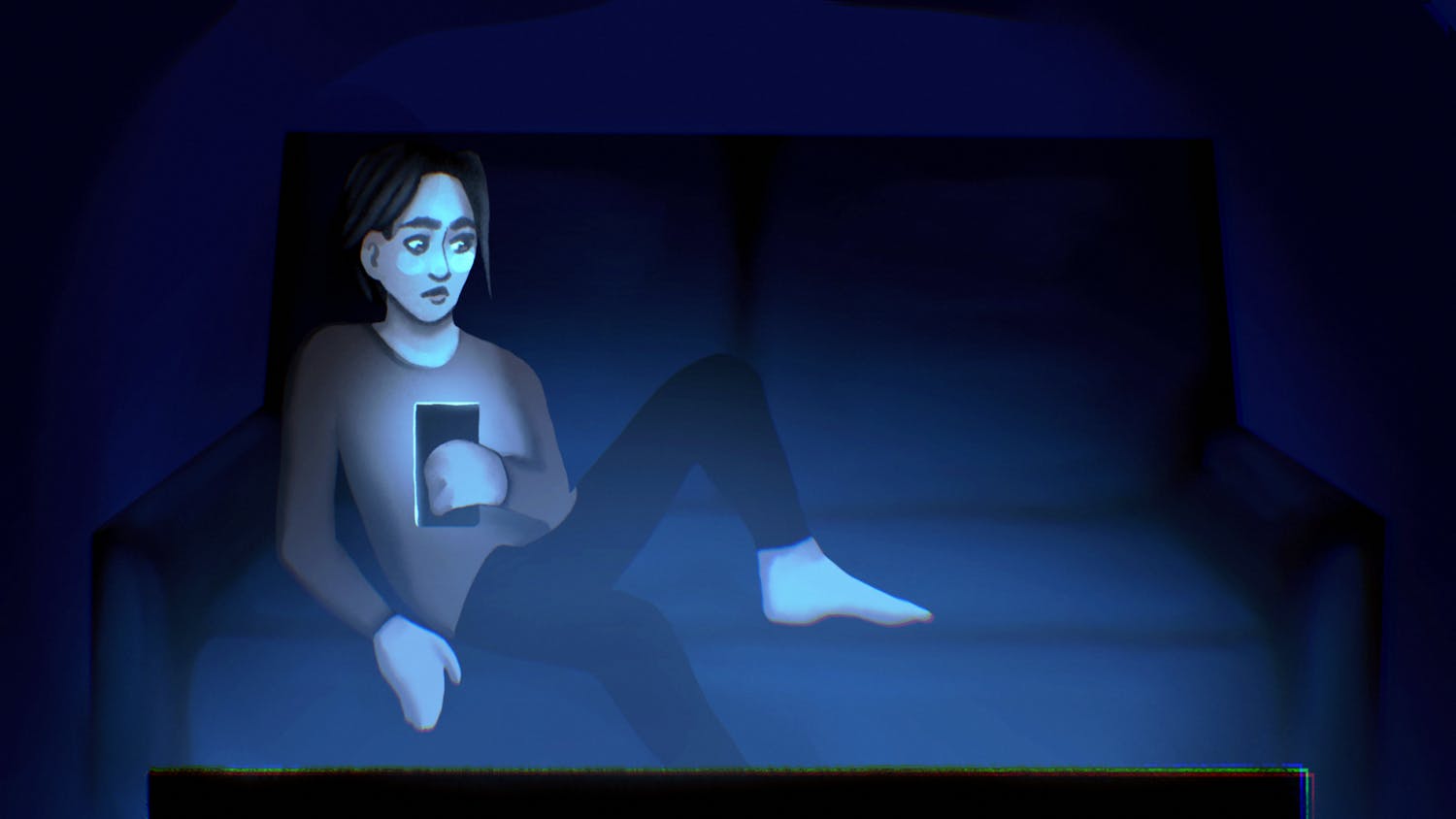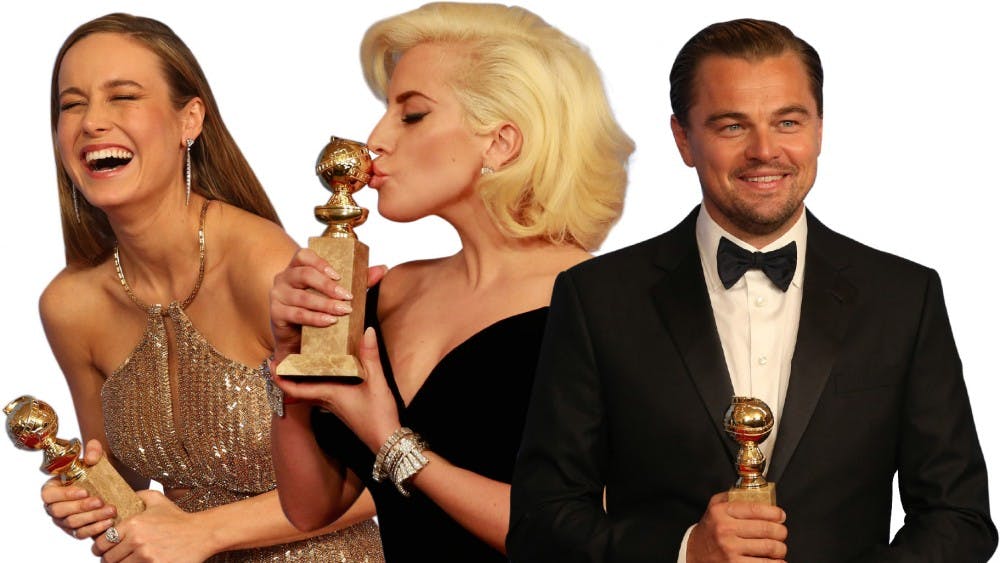Imagine standing at the edge of a riverbank in New Orleans and hearing the sounds of a young Louis Armstrong playing his cornet on a riverboat. Imagine being a member of the army band in the only African-American regiment during World War I. Few people alive today can claim to have heard the joyful sounds of jazz drifting through a shadowy swamp or to have basked in the cheers of black and white New Yorkers during a parade to honor the heroics of a ragtime band. Ken Burns' latest marathon-long PBS documentary "Jazz" (9-11 p.m. Jan 8-31, PBS) uses photos, letters and commentary to rebuild the creation of a music genre in front of the random television viewer. \nMost of the elements that made up Burns' past documentaries, "The Civil War" and "Baseball," make reappearances during "Jazz." Photos, documents and the diaries or letters of historical figures pop in and out as the music of each artist plays in the background.\nLike all Burns' documentaries, the most interesting part of "Jazz" is the stories of individuals who contributed to the genre. The documentary moves beyond a mere listing of Armstrong's or Duke Ellington's accomplishments by looking at the things each man went through on the way to becoming a legend. Smaller sections devoted to other artists cover the major contributions to jazz as well as major personal developments and stories. \nPhotos are the best reason to tune in to at least a small part of "Jazz." Many of the photos (and some archival film) are extremely rare for the average American TV watcher. Burns keeps many of the photos on the screen for substantial amounts of time, bringing the face of each person close enough to let viewers look each long-dead musician straight in the eye.\nA documentary called "Jazz" wouldn't be complete without jazz music. While music was just an additional scene-setter in "Baseball" and "The Civil War," here it has to become yet another character in the story. Many of the included songs are familiar to even a rudimentary jazz fan, which makes "Jazz" accessible to most people. Burns has taken ample advantage of this with the "Jazz" boxed set, an around $80 sampler of jazz greats. But the lack of never-before-heard material prevents a hard-core jazz fan from hearing something new while they learn something new.\nThe historical narrative is accompanied by the familiar voices of mostly African-American actors and musicians reading parts of letters, diaries and essays. Although the messages in these documents are very interesting, it's actually a little jarring to hear LeVar Burton ("Reading Rainbow," "Star Trek") speaking as a 20th-century music critic. \nStill, "Jazz" is at least fascinating for the way it ties the music to the development of American society, particularly of African Americans. Although jazz isn't completely responsible for the acceptance of black people into the army or the civil rights movement, Burns shows how the music related to the people making history.
Documentary illuminates storied history of jazz
PBS 9 - 11 p.m. Jan. 8 - 31
Get stories like this in your inbox
Subscribe





